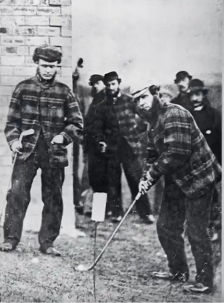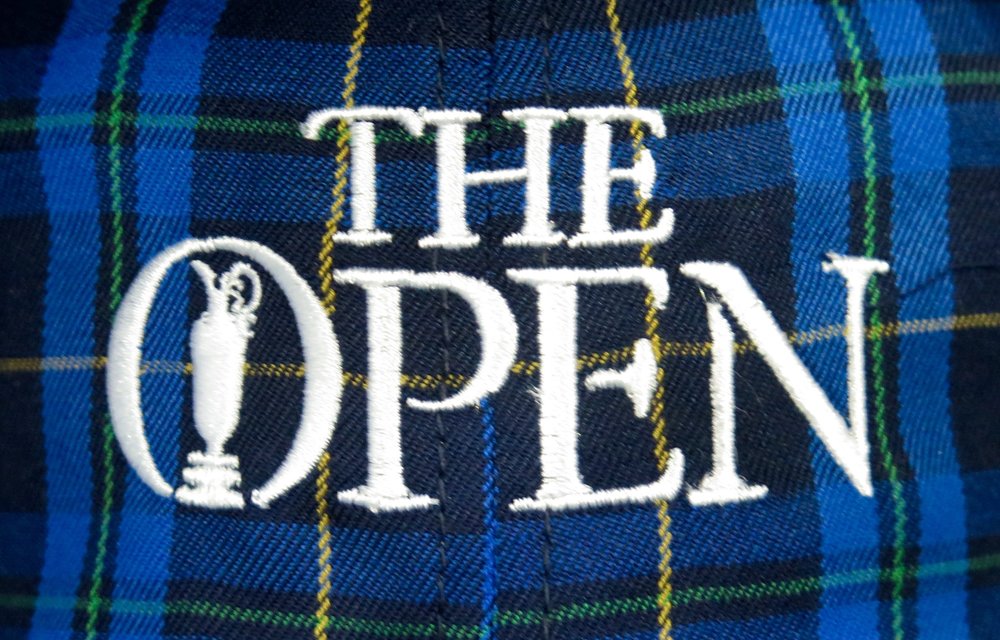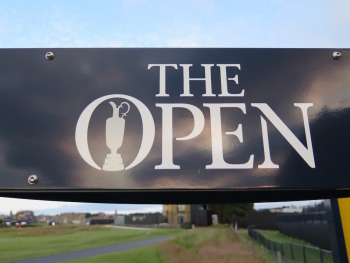Five Families To Rules Geeks: Stop Calling, We've Got This
/It took emergency meetings atThe Masters, all sorts of embarrassment and even more meetings, but apparently the Five Families have agreed to no longer take rules infraction calls. Whether this means a replay center will be created or merely a lot of golf watching will take place between a rotating set of officials, the USGA, PGA Tour, PGA of America and R&A say stop calling them!

Martin Kaufmann,writing for Golfweek.com with the details:
The governing bodies – in conjunction with the PGA Tour, LPGA, PGA European Tour, Ladies European Tour and PGA of America – agreed to assign at least one rules official to monitor all tournament telecasts and resolve any rules issues.
“The message is, have confidence in those conducting the event that if you’ve seen it, they’ve seen it, and there’s no need for anyone to call in what they think they have seen,” said Thomas Pagel, the USGA’s senior director of the Rules of Golf and amateur status.
From what I'm hearing on Morning Drive appearance by the USGA's Thomas Pagel and the R&A's David Rickman, the video reviews will largely be off of the telecast and will vary week to week depending on the tour's in question.
They also stated replay inquiries can occur within the tournament for any round, meaning they might come back the next day and review something with a player. However, this would seem to mean the video replay official missed something, prompting a review. That's not going to be pretty since most will assume a review a day or two after a round was prompted by social media or a viewer tip.
Not accepting fan video is the right move, but what if a Golf Channel crew shooting for highlights shows captures an HD view and angle that exonerates a player?
Also unclear: is The Masters on board?
Beth Ann Nicholsconsiders what this means forLexi Thompson and the redemption for her with this change, plus her reaction when informed yesterday.
The full press release:
Video Review Protocols Introduced for
Broadcasted Golf Events
USGA and The R&A to adopt Local Rule to eliminate scorecard penalty
FAR HILLS, N.J. USA and ST ANDREWS, SCOTLAND (December 11, 2017) - A working group led by the USGA and The R&A has unanimously agreed to adopt a new set of protocols for video review when applying the Rules of Golf.
The group, consisting of the PGA TOUR, LPGA, PGA European Tour, Ladies European Tour and The PGA of America, as well as the governing bodies, will implement the following measures from January 1, 2018:
- Assign one or more officials to monitor the video broadcast of a competition to help identify and resolve Rules issues as they arise
- Discontinue any steps to facilitate or consider viewer call-ins as part of the Rules decision process
In addition, the USGA and The R&A have approved the adoption of a Local Rule, available from January 1, to eliminate the additional two-stroke penalty for failing to include a penalty on the score card when the player was unaware of the penalty. All of the organizations represented on the working group will introduce the Local Rule for 2018, and this score card penalty will be permanently removed when the modernized Rules of Golf take effect on January 1, 2019.
The USGA and The R&A established the video review working group in April to initiate a collaborative discussion on the role video footage can play when applying the Rules, including the challenges and benefits of its use and also the issues that arise from viewer call-ins.
“The level of collaboration with our partners has been both vital and gratifying as we look to the future,” said Thomas Pagel, USGA senior director of the Rules of Golf and Amateur Status. “As technology has continued to evolve, it has allowed us to evolve how we operate, as well.” [To watch an interview on usga.org with Pagel on Video Review, plus a copy of the protocols and full Local Rule, click here]
David Rickman, Executive Director – Governance at The R&A, said, “This has clearly become an important issue in the sport that we felt we should address at this stage ahead of the implementation of the updated Rules of Golf in 2019.
“We have concluded that whilst players should continue to be penalized for all breaches of the Rules during a competition, including any that come to light after the score card is returned, an additional penalty for the score card error is not required.”
The new protocols also recognize the importance of limiting video review to material obtained from the committee’s broadcast partner. Other video, such as from an individual’s smartphone or camera, will not be used under these protocols.
The new protocols and Local Rule are the latest measures announced by the USGA and The R&A to address concerns related to video evidence. In April, Decision 34-3/10 was issued to limit the use of video through the introduction of a “reasonable judgement” standard and a “naked eye” standard.
Update
on 2017-12-11 21:01 by Geoff
**Our conversation on Morning Drivecentered around the scorecard and statute of limitations on a review, which is still an issue.






















